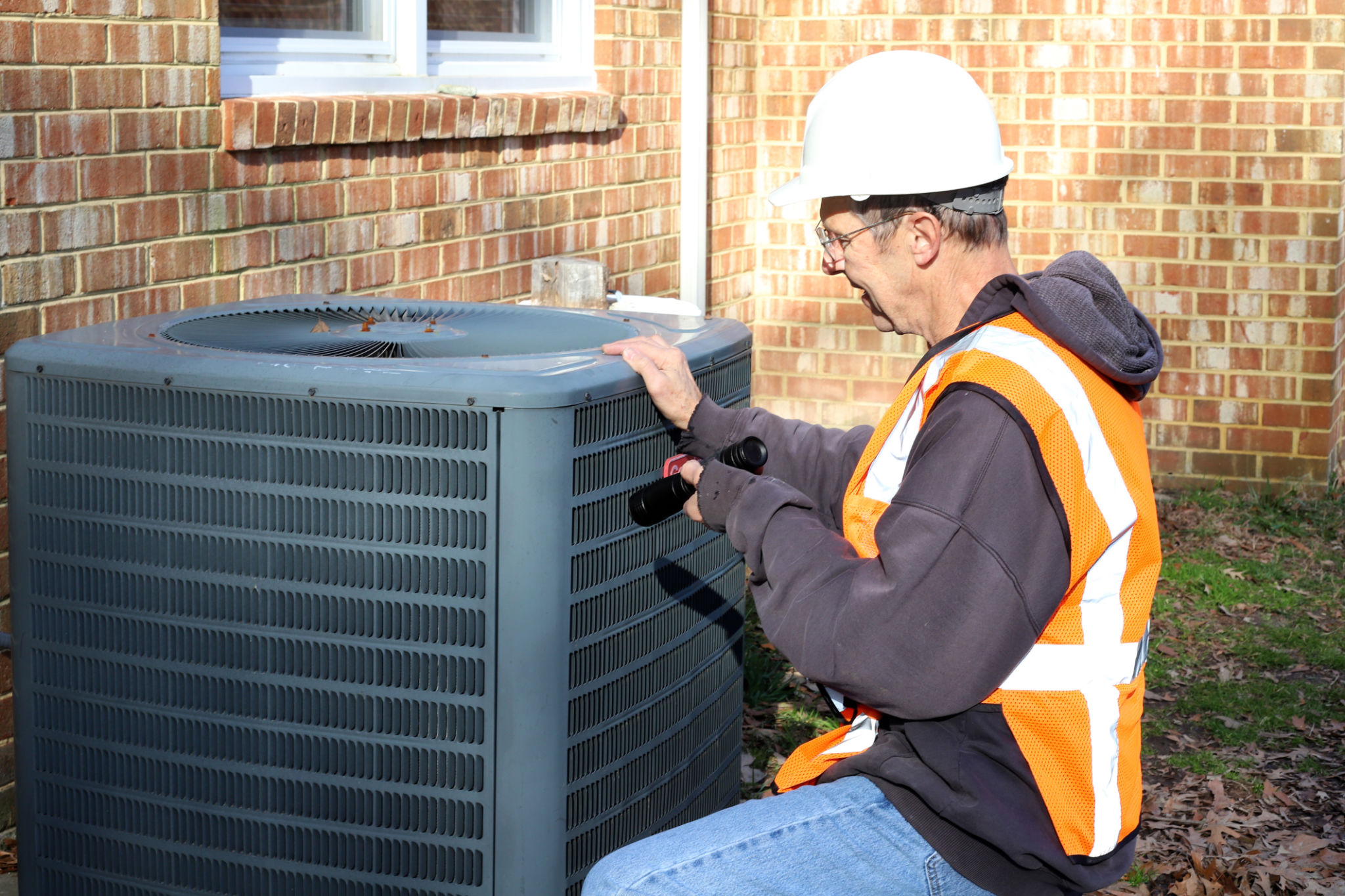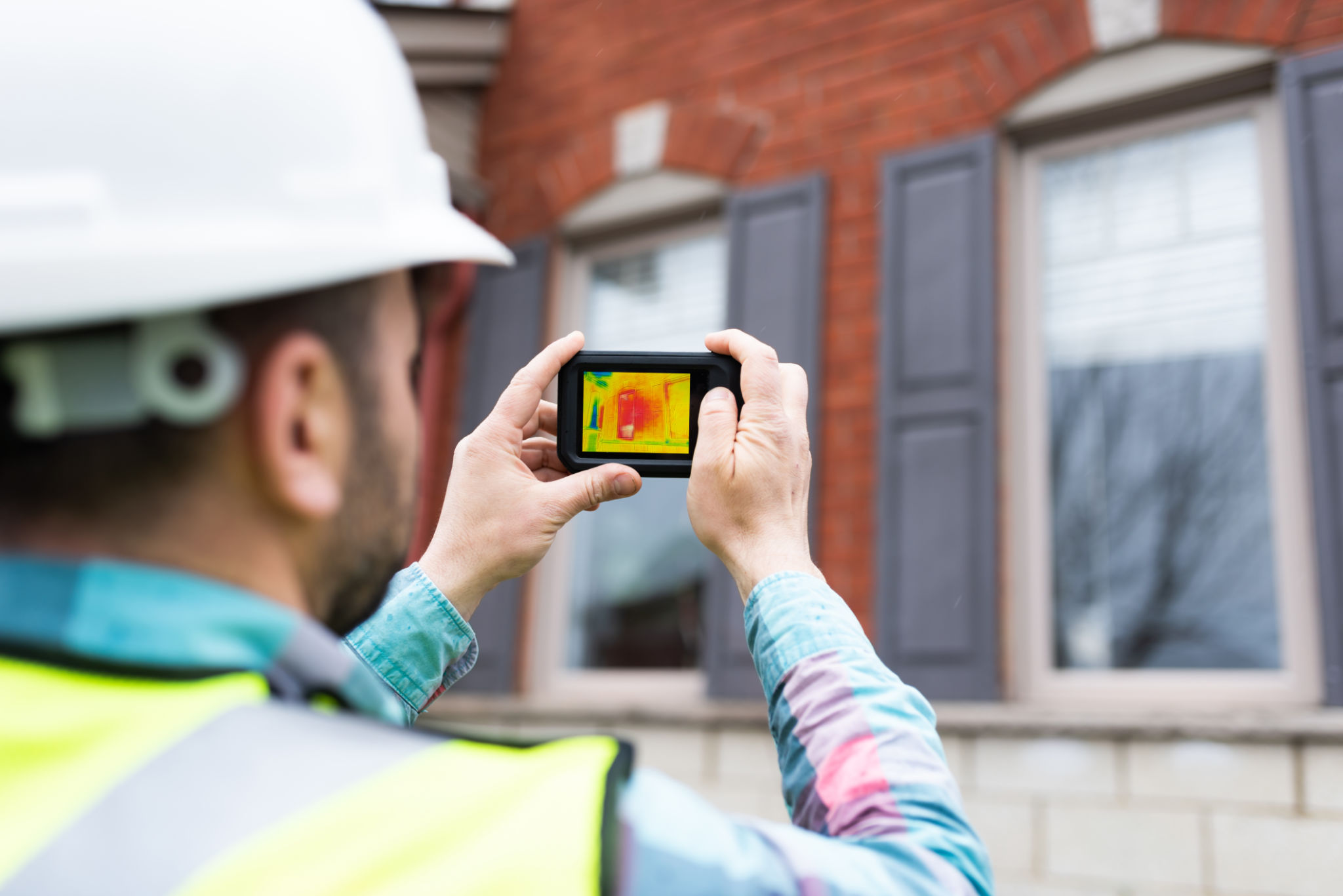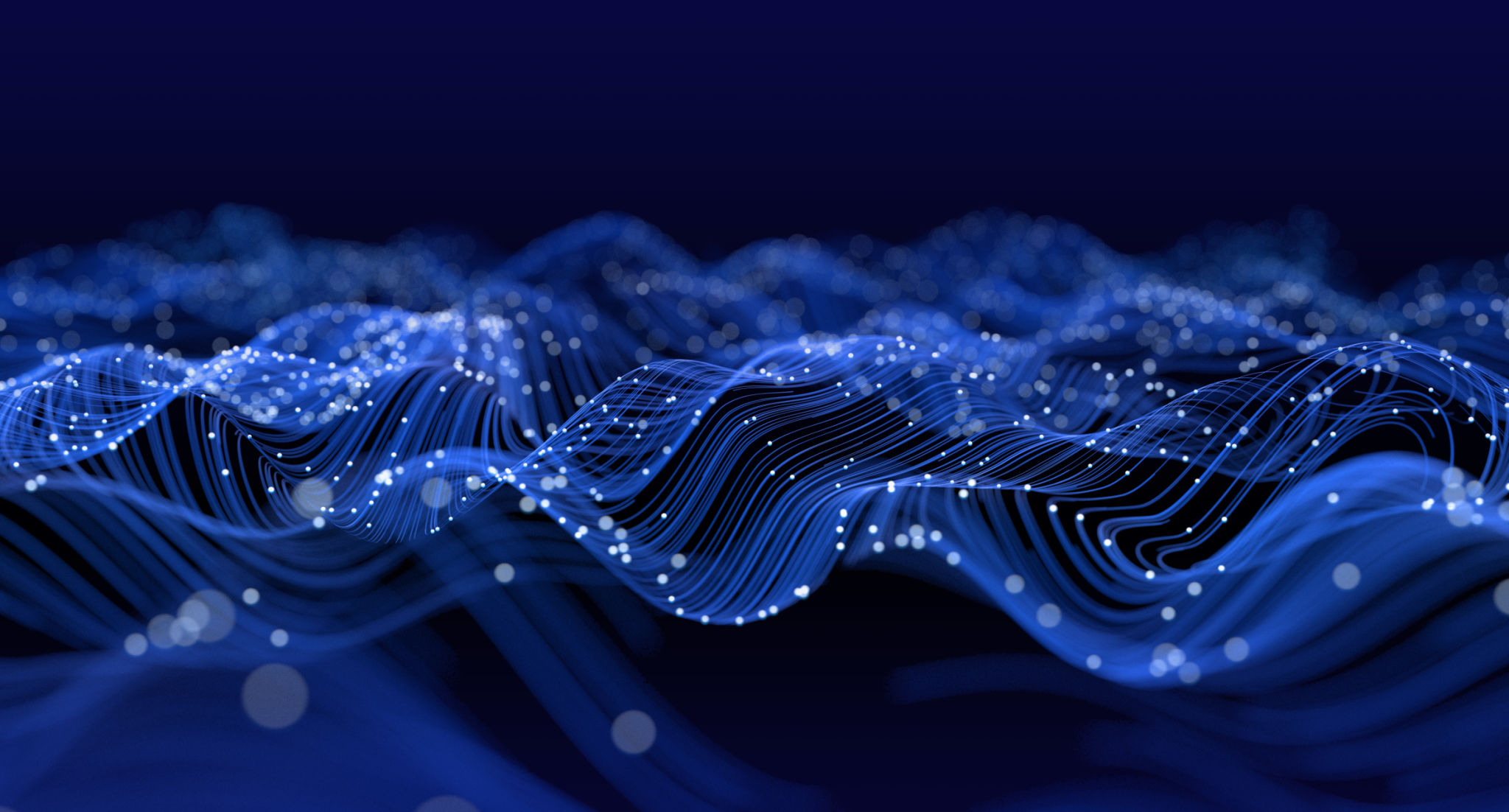How Does Drone Thermal Imaging Improve HVAC Efficiency? An In-Depth Guide
Understanding Drone Thermal Imaging
Drone thermal imaging is an innovative technology that uses infrared cameras to detect heat variations in different environments. This advanced approach allows professionals to gather detailed thermal data from a bird's-eye view, providing insights that traditional methods might miss. In the HVAC industry, this technology is becoming increasingly valuable for enhancing efficiency and reducing operational costs.

How Drones Enhance HVAC Inspections
The use of drones in HVAC inspections is revolutionizing how technicians assess system performance. Traditional inspection methods often require significant manual labor and can be time-consuming. Drones equipped with thermal cameras can quickly cover large areas, identifying potential issues such as air leaks, blockages, or inefficient equipment operation without the need for physical access.
By capturing high-resolution thermal images, drones can spot anomalies in temperature distribution that indicate problems in the HVAC system. This rapid identification process helps in addressing issues before they escalate into costly repairs.
Benefits of Early Detection
Early detection of HVAC issues is crucial in maintaining optimal system performance. By utilizing drone thermal imaging, technicians can pinpoint problems at their inception, reducing downtime and avoiding extensive damage. This proactive approach not only saves money but also extends the lifespan of HVAC systems by ensuring they operate efficiently.

Improving Energy Efficiency
Energy efficiency is a primary concern for both residential and commercial building owners. Inefficient HVAC systems can lead to elevated energy bills and unnecessary environmental impact. Drone thermal imaging helps identify energy loss areas, such as poor insulation or faulty ducts, allowing for targeted interventions that improve overall system efficiency.
By addressing these inefficiencies, property owners can significantly reduce their energy consumption, leading to lower utility bills and a reduced carbon footprint.
Reducing Maintenance Costs
Regular maintenance is essential for ensuring HVAC systems function effectively over time. Drone thermal imaging supports maintenance efforts by providing accurate data that guides technicians in prioritizing repairs and replacements. This targeted approach minimizes unnecessary maintenance activities and helps allocate resources more effectively.

Applications Beyond Inspections
In addition to inspections, drone thermal imaging has several other applications within the HVAC industry. For instance, it can be used to monitor system performance over time, providing valuable data for predictive maintenance. This helps in anticipating future issues and planning accordingly, thus avoiding unexpected breakdowns.
Furthermore, it aids in verifying the effectiveness of newly implemented energy-saving measures. By comparing thermal images before and after upgrades, technicians can assess whether the changes have achieved the desired efficiency improvements.
The Future of HVAC with Drones
As technology continues to advance, the integration of drones in HVAC operations is expected to grow. With improvements in drone capabilities and thermal imaging technology, the potential for even more precise and comprehensive assessments will increase. This will further enhance the ability of HVAC professionals to maintain efficient and effective systems.

Conclusion
Drone thermal imaging represents a significant advancement in the HVAC industry, offering a more efficient and accurate way to inspect and maintain systems. By improving early detection, enhancing energy efficiency, and reducing maintenance costs, this technology provides significant benefits to both service providers and building owners. As we look toward the future, the continued adoption of drone technology promises to drive further innovations in HVAC efficiency.
